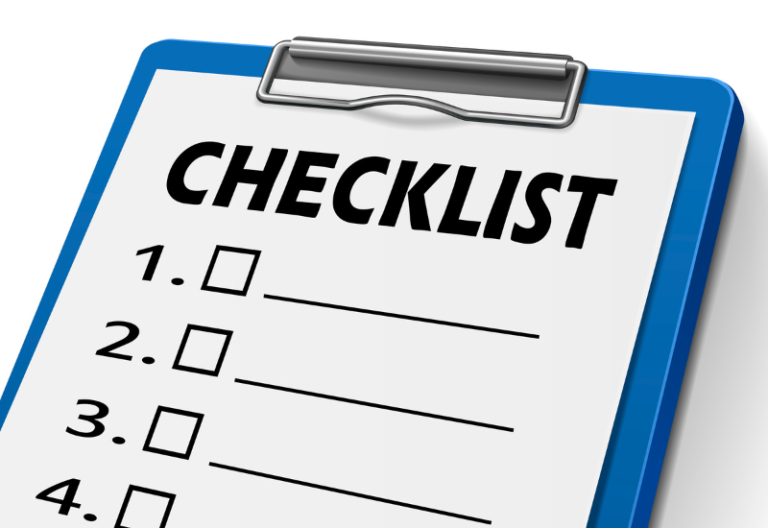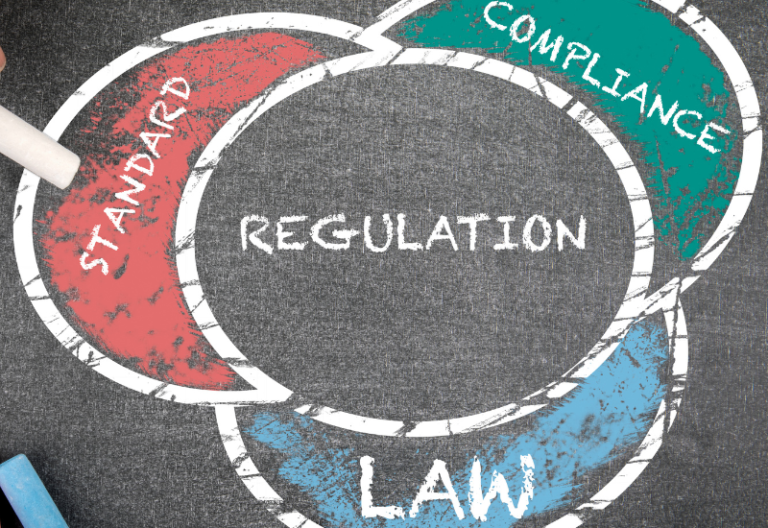You have probably heard of FedRAMP and ISO 27001, especially if your organization handles sensitive data. Both frameworks play an important role in maintaining security in information management systems.
Understanding their differences will help you choose the best framework for your organization. Here’s a detailed discussion comparing FedRAMP and ISO 27001.
Table of Contents

What Is The Difference Between FedRAMP and ISO 27001?
FedRAMP and ISO 27001 are two different data security frameworks with different focuses, scopes, regulatory frameworks, controls, and applicability. However, they both aim to protect data privacy and security.
FedRAMP, or the Federal Risk and Authorization Management Program, is a US government program that standardizes the security assessment of cloud service providers or CSPs. Established in 2011, FedRAMP helps federal agencies use cloud technologies securely and protect their data. It also reduces redundancies in security assessments by allowing federal agencies to use the same FedRAMP authorized cloud provider for the same service.
ISO 27001 is an international standard and certification focusing on implementing and improving the Information Security Management System or ISMS of organizations. Any type and size of organization, including government agencies, can benefit from ISO 27001 certification because it helps them maintain security controls that protect data, meet regulations, and ensure that critical operations aren’t disrupted.

FedRAMP and ISO 27001 Comparison
This simple comparison chart can help you understand the key differences between FedRAMP and ISO 27001. It shows that FedRAMP and ISO 27001 differ in many aspects, so you can easily choose the appropriate framework for your organization:
| FedRAMP | ISO 270001 |
Established | 2011 | Published in 2005, revised in 2013 and 2022 |
Managed by | US Government | International Organization of Standardization |
Scope | Cloud service providers for US federal agencies | All types and sizes of organizations globally |
Focus | Cloud security tailored for federal requirements | Information Security Management System or ISMS |
Regulatory framework | Mandatory for federal agencies and CSPs | Voluntary, widely adopted globally |
Security controls | Specific federal requirements | Broad and adaptable to organizational needs |
Global recognition | Limited to US federal government | Global recognition across industries |
Applicability | US federal government and CSPs | All organizations regardless of sector |
The key points to note based on the table above:
- FedRAMP focuses on ensuring cloud security for U.S. federal agencies
- ISO 27001 is applicable to any organization worldwide and aims to improve an ISMS

What Is The Difference Between FedRAMP and ISO 27001 Certification?
FedRAMP authorization
A CSP that aims for FedRAMP compliance should focus on meeting the specific security standards for cloud products and services set by the U.S. federal government. Oversight for FedRAMP is done by the FedRAMP Program Management Office (PMO) and the Joint Authorization Board (JAB).
CSPs will go through the FedRAMP authorization process only once for each Cloud Service Offering (CSO). Afterward, they should continuously monitor their CSO while all agencies also review the same monitoring deliverables. If you need help with FedRAMP authorization, the FedRAMP Program Management Office can help you.
The following example shows you how FedRAMP authorization works:
ABC Cloud Services, a CSP, has decided to pursue FedRAMP authorization for its cloud-based storage solution. They engage a third-party assessment organization to conduct a security assessment based on FedRAMP requirements. After completing the assessment, ABC Cloud Services can submit its security package to the JAB for review. Upon successfully completing the review process, the JAB gives ABC Cloud Services a Provisional Authority to Operate (P-ATO), allowing the CSP to offer their cloud storage solution to government agencies.
ISO 27001 certification
Ideally, organizations aiming to get ISO 27001 certified go through the ISO 27001 certification process. This includes preparing for certification, conducting a gap analysis, defining the scope of your company’s ISMS, developing and implementing a plan, conducting internal audits, and getting certified by an accredited ISO 27001 certification body.
Let’s give an example to illustrate ISO 27001 certification.
XYZ Corporation, a global technology company, has decided to improve its information security management practices and align them with ISO 27001 standards. The company begins to conduct a thorough gap analysis to identify potential threats in its system and identify the necessary controls to avoid these risks.
After the gap analysis, the corporation develops and applies policies, procedures, and controls to improve its ISMS. It also accomplishes several self-audits before engaging an accredited certification body to perform a formal audit. After successfully completing the audit, XYZ Corporation receives its ISO 27001 certification.
ISO 27001 vs FedRAMP: Which Is the Right Choice?
Choosing between FedRAMP and ISO 27001 depends on your organization’s requirements.
You should choose FedRAMP if you’re a cloud service provider that wants to add U.S. federal government agencies to your list of customers. As FedRAMP says, the federal government is one of the largest buyers of cloud technology. CSPs will benefit from a long-term partnership with government agencies. Not only will a CSP profit from the partnership, being a FedRAMP authorized provider will also give them market credibility.
Aim for ISO 27001 certification if you operate in sectors that handle sensitive data, such as healthcare, finance, and government. If you need a systematic approach for managing and securing data in your organization, ISO 27001 will be beneficial for you. It provides the framework to improve ISMS.
An ISMS includes the policies, procedures, organizational structures, and technologies designed to protect your assets from risks such as cyberattacks, data breaches, and theft.







